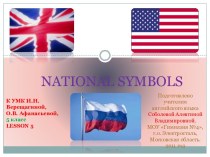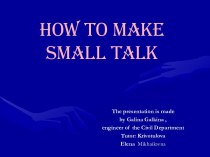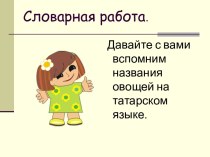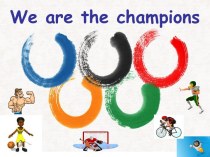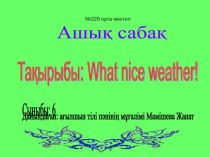- Главная
- Разное
- Бизнес и предпринимательство
- Образование
- Развлечения
- Государство
- Спорт
- Графика
- Культурология
- Еда и кулинария
- Лингвистика
- Религиоведение
- Черчение
- Физкультура
- ИЗО
- Психология
- Социология
- Английский язык
- Астрономия
- Алгебра
- Биология
- География
- Геометрия
- Детские презентации
- Информатика
- История
- Литература
- Маркетинг
- Математика
- Медицина
- Менеджмент
- Музыка
- МХК
- Немецкий язык
- ОБЖ
- Обществознание
- Окружающий мир
- Педагогика
- Русский язык
- Технология
- Физика
- Философия
- Химия
- Шаблоны, картинки для презентаций
- Экология
- Экономика
- Юриспруденция
Что такое findslide.org?
FindSlide.org - это сайт презентаций, докладов, шаблонов в формате PowerPoint.
Обратная связь
Email: Нажмите что бы посмотреть
Презентация на тему Сhess as a sport
Содержание
- 2. Those who lean towards chess as being
- 3. For those who don’t like that argument
- 4. This fitness can pay off. Those who
- 5. In the end, the argument over chess
- 6. Chess is played on a square board
- 7. A response to a check is a
- 8. The current crop of top players have
- 9. Скачать презентацию
- 10. Похожие презентации
Those who lean towards chess as being a sport look to broad definitions of sport to find a way to fit chess into that category. While they admit that cheese doesn't fit under the umbrella of
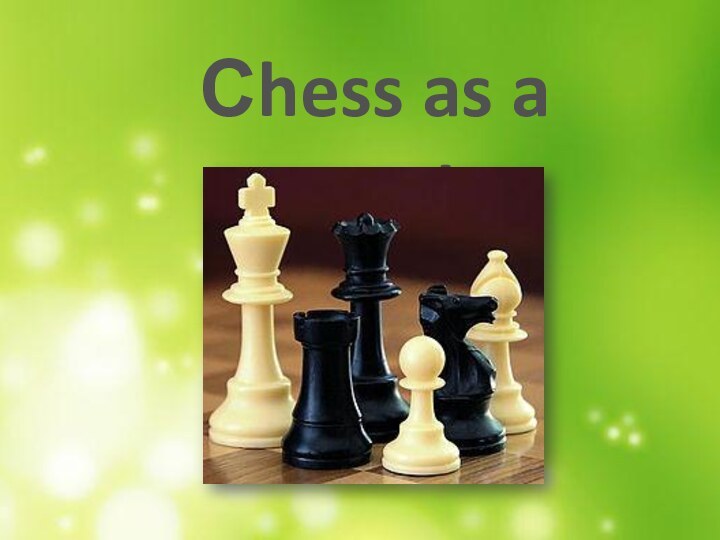




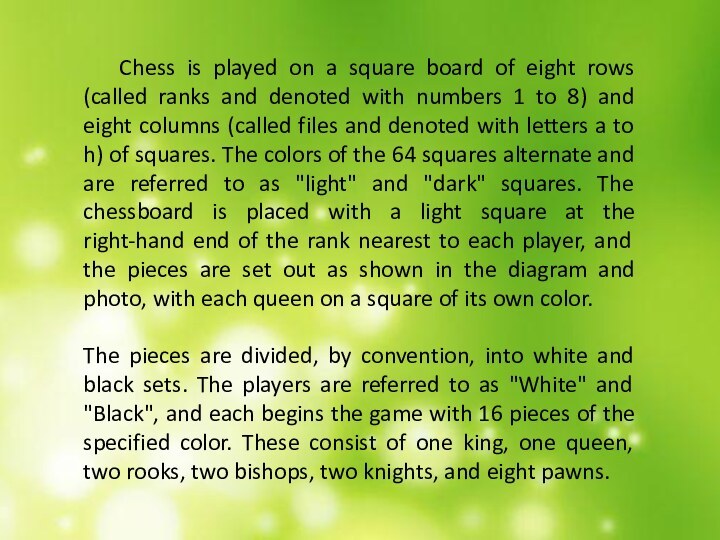


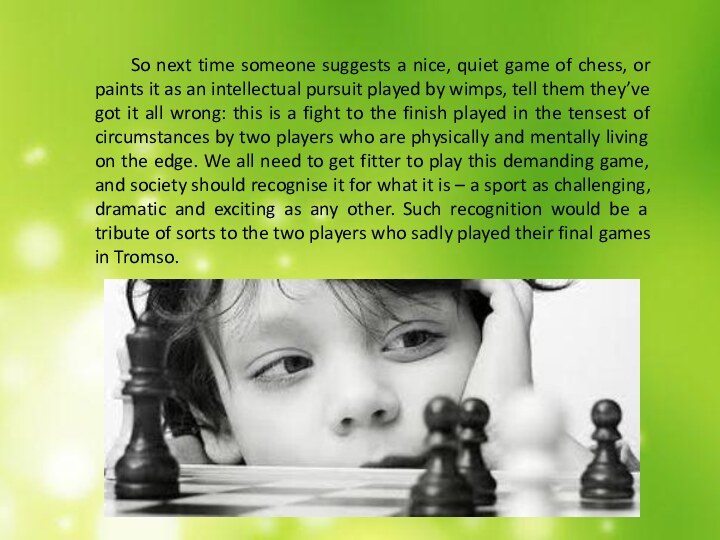
Слайд 3 For those who don’t like that argument or
insist on using only the modern definition of a
sport, advocates of this side of the debate can point out that athletic prowess may not be required to play chess, but it certainly helps. Modern grandmasters almost universally do what they can to say in shape, as chess players (along with those in other pursuits like poker) have discovered that the mind works better when the body is in shape.Слайд 4 This fitness can pay off. Those who regard
chess as a sport point out that while games
may start of as mentally demanding, the stress and fatigue of a six-hour game (and especially after several such games in a tournament or match) begins to make playing physically draining as well.And while that might not be perfectly analogous to football or track, it is certainly similar to some other activities that are generally considered sports (if not universally so), such as golf, motor racing, and archery. None of these sports requires the same kind of athleticism as a sport where players are constantly running and jumping, and yet being in shape is virtually a requirement for professional competitors, and even more so for the elite in those sports. Certainly, then, an argument can be made that chess is a sport in the same way that those activities are.
Слайд 5 In the end, the argument over chess as
a sport isn’t particularly important; how chess is classified
isn’t critical to the important or prestige of the game. True, calling the game a sport might make a small impact on the opportunities available for players around the world. But on the list of issues facing the chess world, this is at best a minor one despite the amount of time that is spent debating it.Слайд 6 Chess is played on a square board of
eight rows (called ranks and denoted with numbers 1
to 8) and eight columns (called files and denoted with letters a to h) of squares. The colors of the 64 squares alternate and are referred to as "light" and "dark" squares. The chessboard is placed with a light square at the right-hand end of the rank nearest to each player, and the pieces are set out as shown in the diagram and photo, with each queen on a square of its own color.The pieces are divided, by convention, into white and black sets. The players are referred to as "White" and "Black", and each begins the game with 16 pieces of the specified color. These consist of one king, one queen, two rooks, two bishops, two knights, and eight pawns.






